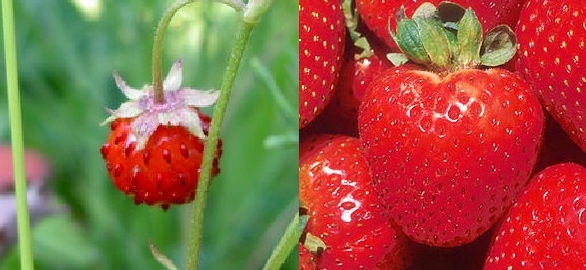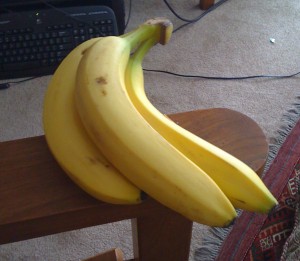Here. I had no idea anyone was even considering sequencing the peach genome until I heard a single off-hand comment at the maize meeting last month, and all of the sudden here it is. And in better shape in its first release than some genomes are even after they’re published.
This is a pre-publication release, so the Fort Lauderdale Convention is still in effect,* but the peach genome looks really great from the quick and dirty analysis I have already run. They’ve already got the genome assembled into pseudomolecules (chromosomes), unlike some genomes I could mention that have already been published, and marked the locations and structures of genes in the geneome (there was a weird period last summer when there were pre-release versions of the maize genome organized into chromosomes, and pre-release versions with the genes marked, but none that had both.)
*In short, you or I can download the peach genome, play around and study it to our hearts content, but we can’t publish anything on it until the people who actually sequenced the peach genome publish a paper describing their work.


